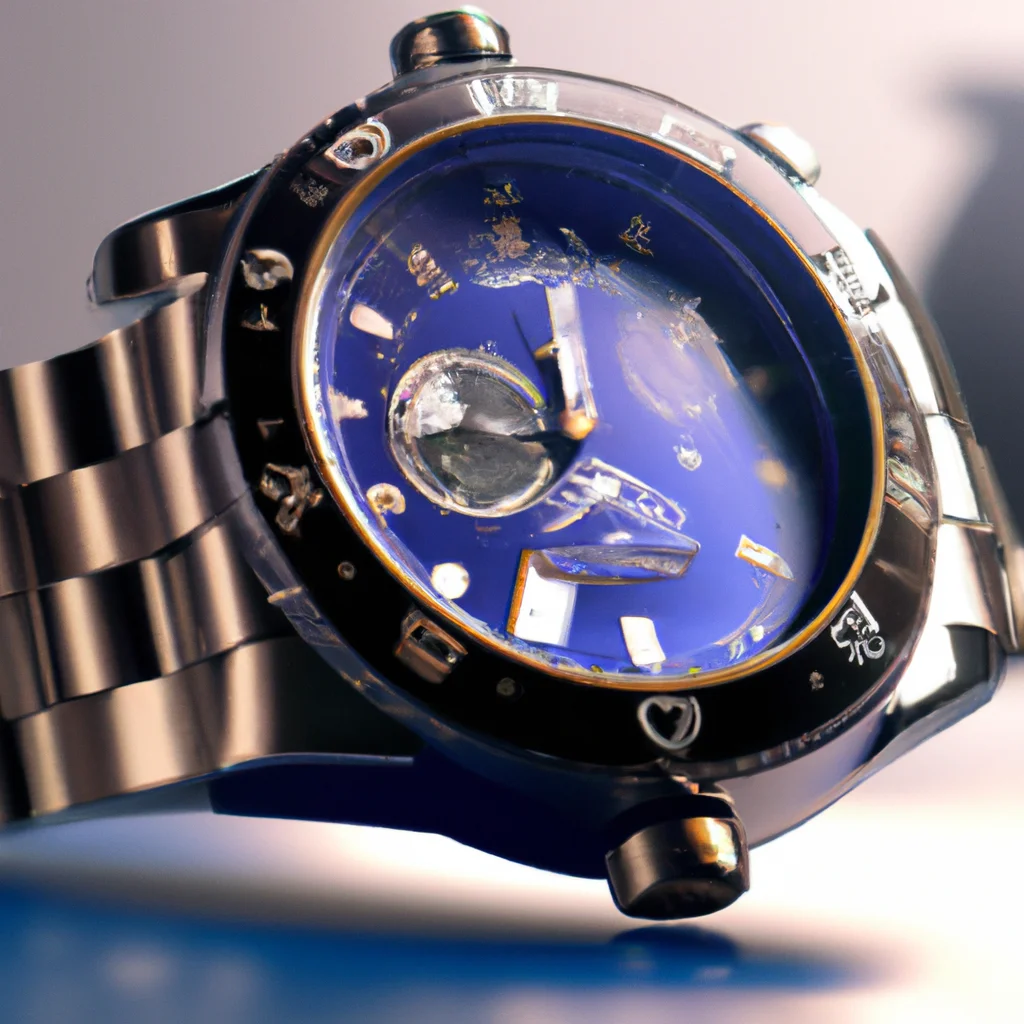How does an automatic watch keep time?


How does an automatic watch keep time?
An automatic watch is a self-winding watch that keeps time without the need for manual winding. The timekeeping mechanism in an automatic watch is a complex system that involves various components working together to keep accurate time. In this article, we will explore the inner workings of an automatic watch and how it keeps time.
Watch Movement
The movement of a watch refers to the mechanism that powers the watch and keeps time. It is the heart of the watch and comprises various components, including the mainspring, escapement, and balance wheel. In an automatic watch, the movement is powered by the energy stored in the mainspring. The mainspring is a coiled spring that is wound by the movement of the wearer’s wrist.
The Escapement
The escapement is a vital component in an automatic watch that controls the release of energy from the mainspring. It does this by converting the rotary motion of the balance wheel into a back-and-forth motion that powers the watch’s hands. The escapement comprises various parts, including the pallet fork, escape wheel, and balance wheel.
The Balance Wheel
The balance wheel is a wheel that oscillates back and forth, keeping time in the watch. It is a crucial component in an automatic watch and is responsible for the watch’s accuracy. The balance wheel works in tandem with the hairspring, which is a fine coiled spring that controls the balance wheel’s oscillations.
Self-Winding Mechanism
The self-winding mechanism in an automatic watch ensures that the mainspring stays wound, even when the watch is not being worn. The self-winding mechanism comprises a rotor that rotates with the movement of the wearer’s wrist. The rotor is connected to the mainspring and winds it as it rotates. This ensures that the watch stays wound and keeps accurate time, even when not being worn.
Accuracy
The accuracy of an automatic watch is dependent on various factors, including the quality of its movement and the precision of its components. The hairspring and balance wheel play a significant role in the watch’s accuracy, and high-end watches use materials such as silicon to improve accuracy. The accuracy of an automatic watch can also be affected by external factors such as temperature and magnetism.
Conclusion
In conclusion, an automatic watch keeps time using a complex system of components that work together to ensure accuracy. The mainspring, escapement, balance wheel, and self-winding mechanism are all crucial components in an automatic watch, each playing a specific role in timekeeping. The accuracy of the watch is dependent on the precision of its components and can be affected by external factors such as temperature and magnetism. Horology, the study of watchmaking, is essential in understanding the inner workings of an automatic watch and the art of timekeeping.
Recent Posts
How do I create an engaging and informative online quiz or assessment?
Creating an engaging and informative online quiz or assessment can be a powerful tool for… Read More
What are the most effective methods for managing and reducing work-related stress in the hospitality industry?
Work-related stress is a common issue in the hospitality industry, where employees often face long… Read More
How can I improve my assertiveness and communication skills in a leadership position?
In a leadership position, assertiveness and effective communication skills are crucial for success. Being able… Read More
What are the key elements of a successful employee recognition and rewards program?
Employee recognition and rewards programs play a crucial role in motivating and engaging employees, as… Read More
How do I effectively manage and respond to customer feedback and reviews?
Customer feedback and online reviews play a crucial role in shaping a company's reputation and… Read More
What are the best strategies for effective time management as a stay-at-home parent?
Effective time management is crucial for stay-at-home parents who juggle multiple responsibilities on a daily… Read More